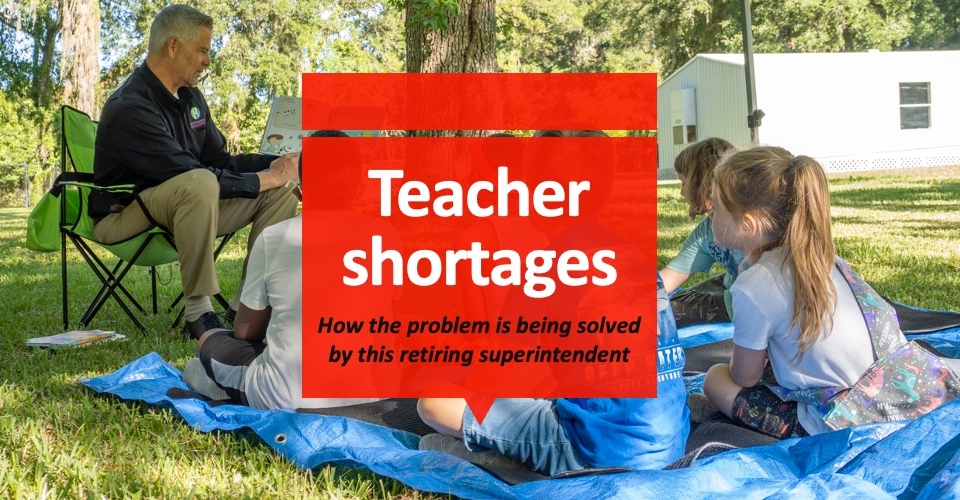In the 2021-22 school year, two out of three students attended schools with a chronically absent student body. Furthermore, 37% of all students (14.7 million students) were chronically absent. However, several states have done well to mitigate the pandemic’s negative impact.
COVID-19 caused unprecedented drops in learning in areas like reading and math, and if leaders don’t act now to teach kids what they missed, it could cost children hundreds of billions in future earnings, declares this year’s edition of the KIDS COUNT Data Book from the Annie E. Casey Foundation.
The researchers point to significant disruptions in attendance, math proficiency and reading scores. For instance, only 26% of eighth-graders were at or above proficient in reading, 2% lower than pre-pandemic levels.
However, it wasn’t just absenteeism and remote learning that caused gaps. Some 40% of students also experienced at least one adverse childhood experience, such as economic hardship or their parents having divorced, separated or served time in jail.
“Kids of all ages and grades must have what they need to learn each day, such as enough food and sleep and a safe way to get to school, as well as the additional resources they might need to perform at their highest potential and thrive, like tutoring and mental health services,” Lisa Hamilton, president and CEO of the Annie E. Casey Foundation, said in a statement.
Current policies and priorities fail to focus on these essentials for preparing young students for life after high school, Hamilton added.
Here’s what the researchers recommend to get students back on track:
- Give access to low- or no-cost meals, reliable internet, a place to study and time with friends, teachers and counselors
- Expand access to intense tutoring
- Leverage pandemic relief funding toward social-emotional, academic and physical well-being
- Gather and report chronic absence data by grade
- Policymakers should invest in community and public schools that provide wraparound support
The report also offers a snapshot of how each state ranks on education, specifically in these four indicators:
- Children ages 3 and 4 not in school
- Fourth-graders not proficient in reading
- Eighth-graders not proficient in math
- High school students not graduating on time
According to the data, these 10 states are excelling in each of these areas:
- Massachusetts
- New Jersey
- Connecticut
- New Hampshire
- Florida
- Utah
- Virginia
- Wisconsin
- Vermont
- Illinois
View the complete ranking here.









